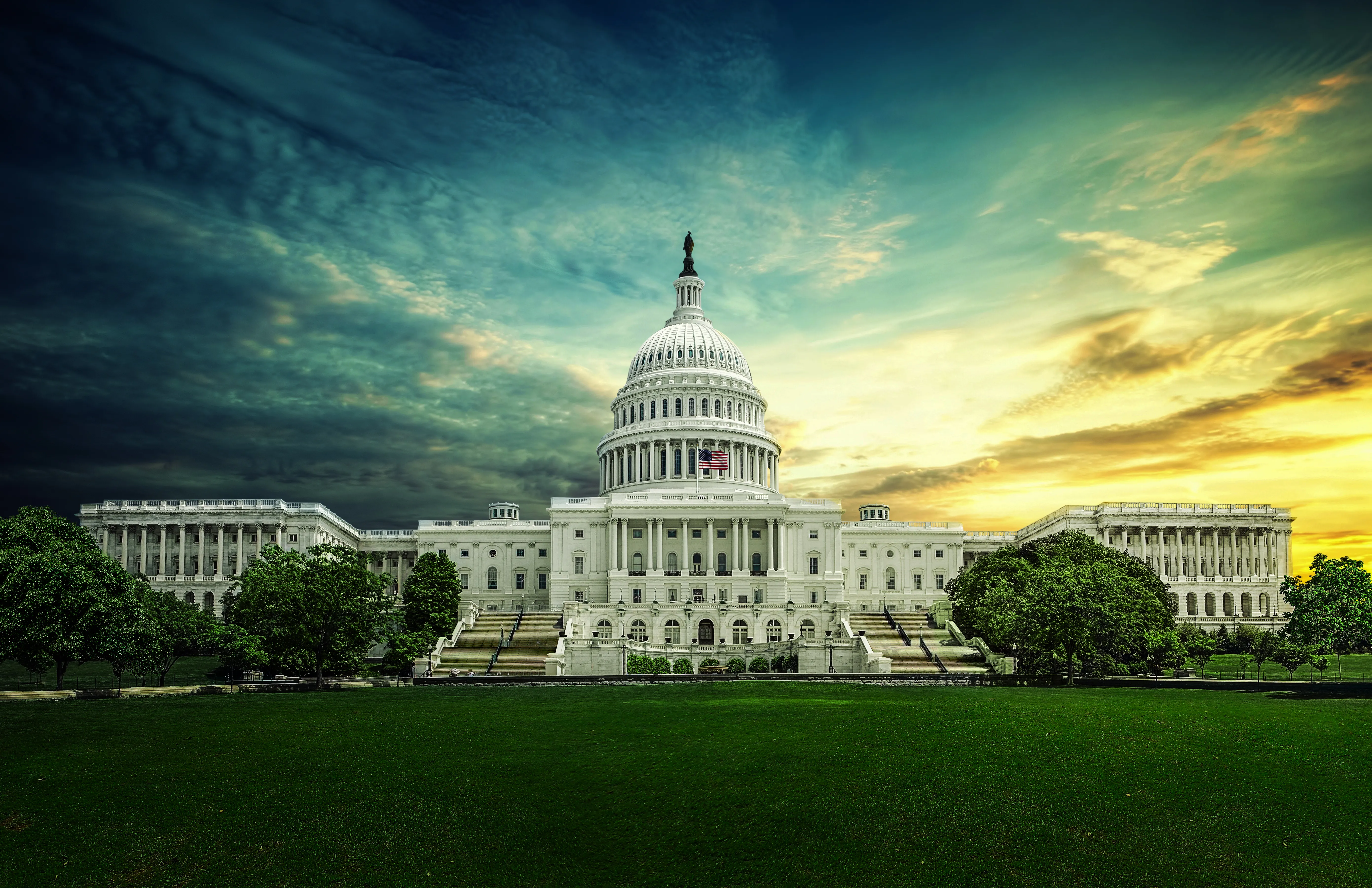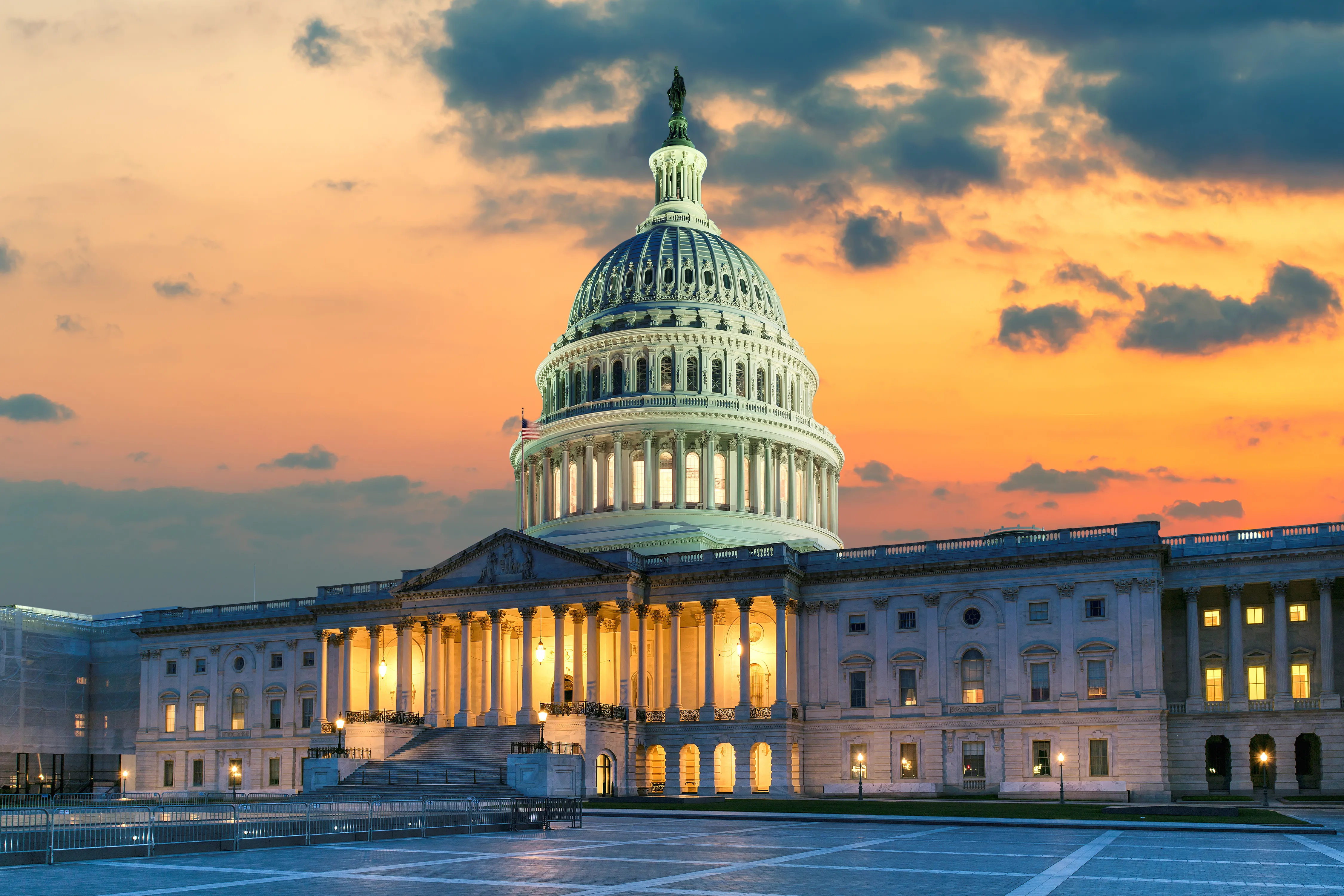
Report: Alaska's fiscal health the best in the country
© Pogonici - iStock
(The Center Square) - Alaska exited the COVID-19 pandemic with a financial surplus of $96,800 per taxpayer, snagging first place in an analysis of each state’s fiscal health.
Alaska had a $41.5 billion tax surplus following 2021, according to financial watchdog Truth in Accounting. The group studied the most recent data from all 50 states’ 2021 annual comprehensive financial reports. It found that 31 state governments did not have enough money to pay all their bills, in some cases leaving hefty tax burdens on future taxpayers.
The story was very different in Alaska, where the state had $41.5 billion to pay $15.4 billion worth of bills, leaving it with still billions left in surplus.
The state’s healthy financial position was fortified further by $12 billion in federal COVID-19 funding and increases in rents and royalty revenues, the report said.
“Notably, like most states in this year’s report, some of Alaska’s economic condition improved only on paper due to stock market increases in 2021. However, these increases are transitory as financial markets are volatile and the gains recorded previously may not have been realized through actual sale of the market assets,” the authors wrote.
State debt overall appeared to improve due to increased market valuations of pension plans and federal COVID funding, according to the report. But as COVID funds go away, and market conditions continue to fluctuate, 2022’s financial evaluation is poised to look less favorable for state debt, the report predicted.
Unlike some states, Alaska was able to fully pay public employees’ retirement benefits in 2021. Across the country, total unfunded pension liabilities were $699 billion, the report found.
“Unfunded retirement liabilities were the largest contributing factor to the $1.2 trillion in state-level debt,” said the authors. “One of the ways states make their budgets look balanced, when they are not, is by shortchanging public pension and OPEB (Other Post-Employment Benefits) funds.”
Other top-ranking states boasting taxpayer surpluses were North Dakota, Wyoming, Utah and South Dakota. On the flip side, taxpayer burdens were the heaviest in Massachusetts, Hawaii, Illinois, Connecticut, and New Jersey.
This isn’t the first time Alaska has landed at the top of TIA’s list for fiscal health. The analysis included the state’s Earning Reserve Account as assets available to pay bills. It also found the long-term debt in Alaska went down, noting it was primarily due to a decrease in unearned revenue and COVID relief funds.
“Even though Alaska was financially sound before and during the pandemic, the state still received federal support from COVID-19 related grants which contributed to the continuing financial health of this state,” the report said. “The uncertainty surrounding the full economic recovery post-Covid makes it impossible to determine how much will be needed to maintain government services and benefits in the coming years. However, the surplus Alaska had and additional funds will help the state weather any future public health or economic crises and downturns in the market.”
















